Growth in Automotive Sector
The Industrial Carbon Nanotube Market is poised for growth as the automotive sector increasingly incorporates advanced materials to enhance vehicle performance and efficiency. Carbon nanotubes are utilized in manufacturing lightweight components, which contribute to fuel efficiency and reduced emissions. The automotive lightweight materials market is expected to reach USD 150 billion by 2025, with carbon nanotubes being a key player in this transformation. As manufacturers strive to meet stringent environmental regulations, the demand for carbon nanotubes is likely to escalate, positioning them as a vital component in the future of automotive design.
Demand for Advanced Energy Storage Solutions
The Industrial Carbon Nanotube Market is witnessing a rise in demand for advanced energy storage solutions, particularly in batteries and supercapacitors. Carbon nanotubes are being integrated into energy storage devices to improve conductivity and charge capacity, which is crucial for the development of efficient energy systems. The Industrial Carbon Nanotube Market is anticipated to reach USD 120 billion by 2025, with carbon nanotubes likely playing a significant role in enhancing battery performance. This trend indicates a growing recognition of carbon nanotubes as essential components in the evolution of energy storage technologies.
Rising Applications in Aerospace and Defense
The Industrial Carbon Nanotube Market is experiencing a surge in demand due to its applications in aerospace and defense sectors. Carbon nanotubes are recognized for their exceptional strength-to-weight ratio and electrical conductivity, making them ideal for lightweight composite materials used in aircraft and military vehicles. The market for aerospace composites is projected to reach USD 40 billion by 2026, with carbon nanotubes playing a pivotal role in enhancing performance and reducing weight. This trend indicates a growing reliance on advanced materials, which could further drive the adoption of carbon nanotubes in these critical industries.
Innovations in Electronics and Semiconductors
The Industrial Carbon Nanotube Market is significantly influenced by innovations in electronics and semiconductor technologies. Carbon nanotubes are being explored for their potential to replace traditional silicon in transistors, offering superior performance and miniaturization capabilities. The semiconductor market is projected to grow to USD 1 trillion by 2025, with carbon nanotubes potentially capturing a notable share due to their unique properties. This shift towards advanced materials in electronics suggests a promising future for carbon nanotubes, as they may enable the development of faster, more efficient electronic devices.
Increasing Investment in Research and Development
The Industrial Carbon Nanotube Market is benefiting from increased investment in research and development across various sectors. Governments and private entities are allocating substantial funds to explore the potential applications of carbon nanotubes in fields such as medicine, energy, and materials science. This influx of investment is likely to accelerate the pace of innovation, leading to new applications and enhanced production techniques. As research continues to unveil the capabilities of carbon nanotubes, their market presence is expected to expand, fostering growth in the industry.


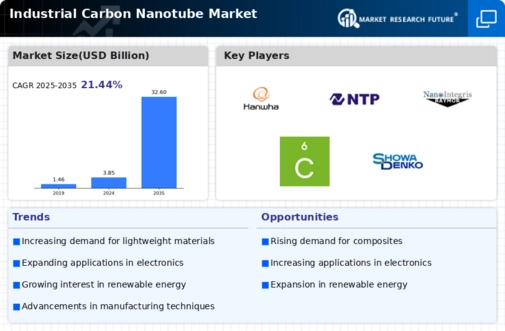
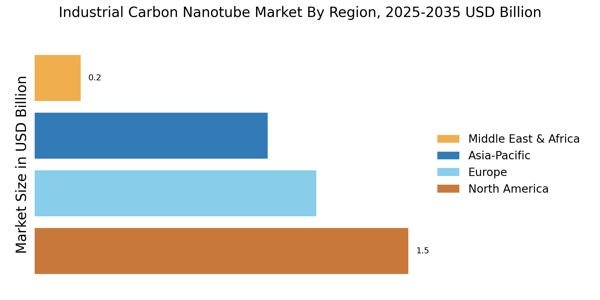
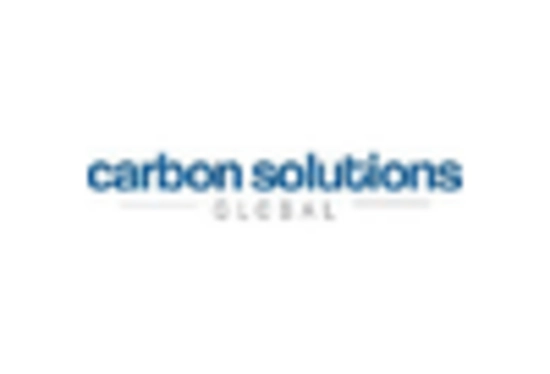
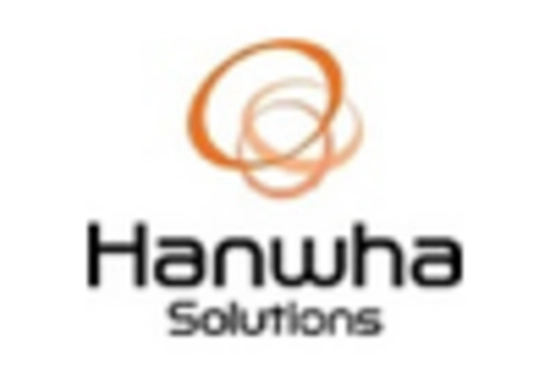


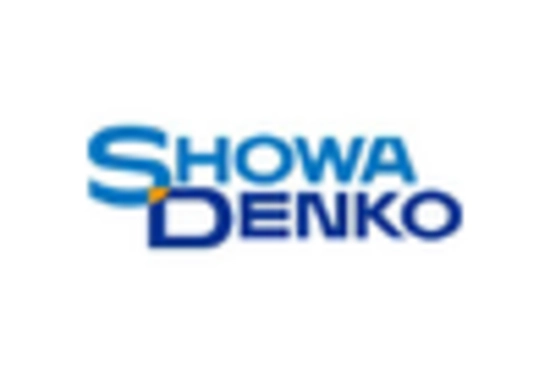
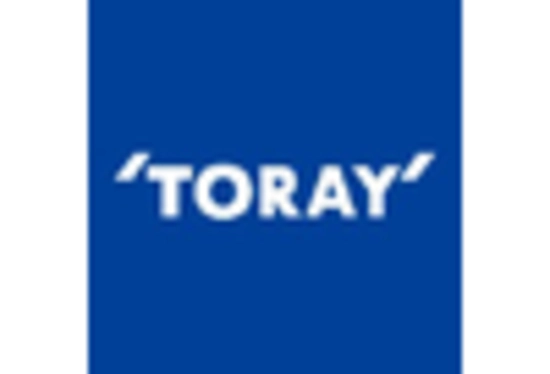








Leave a Comment